The geographical location of our country is at the edge of the Asian continent, growing in length and narrowing in width. With that location, it is also the place where rivers meet. Because which river does not flow from West to East to the sea? Vietnam is a country of river mouths, stretching from North to South.
My hometown is full of rivers and water.
The tide rises and spreads over the vast shore.
(poem by To Thuy Yen)
Red River, Ma River (Thanh Hoa), Lam River (Nghe An), Huong River (Hue), Thu Bon River (Quang Nam), Con River (Binh Dinh), Mekong River... Rivers connect the mountains and forests with the plains and with the sea. Rivers are not only a means of transportation, transporting people and goods, but also connecting the cultures of regions together. Is there any civilization that is not located along a river? If Vietnam is considered a cultural region, each river creates a cultural sub-region, making Vietnamese culture diverse and rich. There is no place, region, or village in Vietnam that is not a craft village, handicrafts have been a tradition of the Vietnamese people, a tradition of thousands of years from pottery, bronze casting (Dong Son bronze drums) to rattan, bamboo, silk weaving, wood carving, paper... This article would like to talk about the lacquer craft of the Vietnamese people - Vietnam.
NGUYEN GIA TRI – Spring Garden of Central, South and North. 1969-1989. Lacquer. 200x540cm. Ho Chi Minh City Museum of Fine Arts
***
Lacquer is a traditional material of the Vietnamese people. The oldest artifact is a black lacquered oar in a boat grave in Viet Khe, Hai Phong, dating back about 2,500 years (excavated in 1961). Or lacquer making tools such as steel (painting brushes), lacquer screw, lacquer bowl... in a grave in Thuy Nguyen, Hai Phong, dating back about 2,000 years (excavated in 1972). Lacquer resin from lacquer trees is the main raw material of the lacquer craft. Lacquer trees are found in many places, but the best are in the midlands, Yen Bai, Phu Tho. Asian countries all have lacquer trees, Vietnamese lacquer trees belong to the Rhus succedenes genus, the quality is very good and better than some countries.
Lacquer products are familiar in the lives of Vietnamese people, from worshiping objects in temples and pagodas such as worshiping statues, horizontal lacquered boards, parallel sentences, votive doors, worshiping thrones, palanquins, scrolls, royal decree boxes, wooden fish, trays... to household items such as cabinets, tables, trays, trays... Lacquer can be coated on many materials such as wood, clay, stone, bronze, the statues at Tam Bao Mia Pagoda (Son Tay, Hanoi) have clay bones covered with beautiful paint. At Dau Pagoda (Thuong Tin - Hanoi) there are two painted statues whose bones are two Zen masters after their death, dating back to the 17th century. This is a testament to the very special way our ancestors applied paint. In addition to lacquer, there is also mother-of-pearl inlaid lacquer, oil-based lacquer... Vietnamese lacquer works are displayed in major museums around the world such as: American Museum of Natural History (New York), Guimet Museum (Paris)...
In 1925, the Indochina School of Fine Arts was established. In addition to teaching oil painting, French teachers also encouraged students to study traditional materials, including lacquer. Therefore, modern Vietnamese fine arts have many masters associated with this material, such as Nguyen Gia Tri (Spring Garden of Central, South and North), Nguyen Sang (Pho Minh Pagoda), Nguyen Tu Nghiem (Thanh Giong), Kim Dong (Pottery Kiln)... Thus, in addition to lacquer art, Vietnam also has lacquer art. That is also a unique feature. The stages of development of Vietnamese fine arts following the generation of Indochina masters all have famous painters with lacquer material, such as Truong Be, Bui Huu Hung, Dinh Quan...
Famous lacquer craft villages such as Ha Thai, Chuyen My (Phu Xuyen, Hanoi), Son Dong village (Hoai Duc) specializing in worship statues and worship objects, Cat Dang Son Quang Dau, Dinh
Bang (Bac Ninh), Binh Duong before 1975 had the famous Thanh Le brand...
Vietnamese culture is village culture, Vietnamese villages make Vietnamese people, Vietnamese quality is village quality. All the quintessence of Vietnamese culture and art comes from villages. Vietnamese villages are villages, Vietnamese people are villages. From singing at communal houses to cheo in communal houses' yards, to water puppetry in communal houses, quan ho in Kinh Bac villages, village festivals to sculptures in communal houses, village pagodas are all masterpieces of Vietnamese art... Villages are the basic administrative units of Vietnam. Talking about villages means talking about communal houses, village pagodas, village gates, village wells, but behind the bamboo fences (broadly understood as villages, hamlets) is the village spirit, helping each other in times of need, loving and caring, that is the soul of the village, the glue that binds villagers together, binds families, binds villages together to create a big village, named Vietnamese village, Vietnamese people. People often call it a close-knit relationship.
Excerpt from the painting "Spring Garden of Central, South and North" by Nguyen Gia Tri
Culture is the glue that binds a nation together. Communion, origin, reconciliation, healing, and solidarity must all start from culture, considering culture as the foundation.
The world is increasingly open, flatter, and 4.0, so the national cultural identity needs to be preserved. The current stage is the time to demonstrate the cultural character of each nation. Mixing and hybridization is difficult to avoid because the more sustainable the culture is, the more fragile it is. Another thing is that the political situation in the region as well as in the world is increasingly complicated. More than ever, this is the time when the strength of national unity needs to be promoted. As mentioned above, culture is the glue that binds the Vietnamese people and the Vietnamese nation, the history of the nation has proven that. Culture is also the common altar, the blessing of the nation, if the blessing is great, the country will be great and in a sense, culture is also the border. Losing culture is unlucky, losing the country.
As mentioned above, painter Nguyen Gia Tri (1908-1993) was the first person to succeed with lacquer art. His whole life he devoted himself to lacquer. He inherited the quintessence of the nation's traditional painting craft and elevated and recreated the techniques of lacquer art into lacquer painting.
Painter Nguyen Gia Tri was born in 1908 in Chuong My, old Ha Tay and died in 1993 in Saigon. He studied at the Indochina Fine Arts College, class VII (1931-1936), he painted many genres from caricatures to propaganda paintings, he painted gouache and oil before focusing on lacquer and this is also the material associated with the name Nguyen Gia Tri. It can be said that he devoted his whole life to lacquer with typical works: "The Rural Bamboo Grove" (1938), "Young Girl by the Lotus Pond" (1938), "Mid-Autumn Night at Hoan Kiem Lake" (1939), "Young Girl by the Hibiscus Flower" (1944), "Screen" (around 1954), "Spring Garden of Central, South, North"...
Being a careful and thorough person and dealing with a material that requires meticulousness and care like lacquer, he did not leave behind many works.
“Spring Garden of the Central, South, and North” is his last work, he started painting before 1975 and completed it in 1988, measuring 200×540 cm in the form of a screen consisting of 9 panels joined together. This form is suitable for the large-sized paintings that the artist often uses, sometimes both sides can be painted into two different paintings. Therefore, this is his largest work.
As the name of the painting suggests, he painted an “imaginary” garden in spring, with sunshine, wind, mist, peach blossoms, temples, bees and butterflies, flying birds, dancing peacocks, and in that splendid, sparkling spring scene, the focus is still on people, still the characters that have become his symbols since the first paintings: young women in ao dai. They are also spring, the fairies in that paradise spring garden. Some dance with fans, some play musical instruments, some sing, some ride unicorns; some lie down, some sit, some hold hands and walk in the spring garden, hold hands and dance a spring dance. People and scenery, spring and spring in people’s hearts are in harmony, reality and illusion are one. All exude the peaceful, happy atmosphere of a new day, a new season, a new year filled with laughter, the sound of musical instruments, singing, birds chirping… full of vitality and joy. The limitation of lacquer is that the color palette is small, only vermilion, then, gold and silver. Moreover, lacquer is not easy to manipulate, create light and dark, light and dark like oil paint. But Nguyen Gia Tri took advantage of these two disadvantages to make his lacquer very modern. "Spring Garden of Central, South, North" as well as his other works are all flat, graphic, suggestive of shape rather than volume. As he once confided: "With lacquer material, you cannot force it to follow you, but must respect it, understand it and follow it."
In this work, on the deep red background, only the yellow of bare gold and then remains. He did not use silver in this painting, but instead used egg-mounted paint. It can be said that white is the main color in this work. From the egg-mounted technique, he has turned it into art when all the white patches are freely flown, applied outside the image, not accepting to be confined in the narrow mold of the form. The escape from the image is also the escape from the constraints of the correct form of reality, escaping from reality, a very new point that his previous works did not have. With this free egg-mounted style, the image will be more dynamic, the characters seem to be moving. Moreover, this mounting style also makes the white patches combine, creating a very concise color composition.
Another masterpiece in “Spring Garden of the Central, South, and North” is: this work is like a choir of lines, broken lines, continuous lines, big and small, black lines, red lines, yellow lines blending together, curving, soaring, liberal, free... full of magic, improvisation and not the type of outline lines, following the shape but completely following the shape to emphasize, suggest the shape, call the shape.
As mentioned above, “Spring Garden of Central, South, North” is just an imaginary garden for girls from the three regions to meet and enjoy spring. Let me repeat, the painting was started before 1975, so “Spring Garden of Central, South, North” is his dream, a son of the North who settled in the South, always dreaming of the day of reunification. True art always goes from the self to the whole. The story of the individual must touch the common story. Nguyen Gia Tri’s dream, the dream called “Spring Garden of Central, South, North” is also the dream of a unified country of all Vietnamese people.
Le Thiet Cuong
(tapchimythuat.vn)
Other articles
Source: https://latoa.vn/vang-son-post938.html






![[Photo] Prime Minister Pham Minh Chinh meets with President of the Republic of Burundi Evariste Ndayishimiye](https://vstatic.vietnam.vn/vietnam/resource/IMAGE/2025/4/4/979010f4c7634f6a82b8e01821170586)
![[Photo] Parade rehearsal on the training ground in preparation for the April 30 celebration in Ho Chi Minh City](https://vstatic.vietnam.vn/vietnam/resource/IMAGE/2025/4/4/e5645ddf85f647e6a25164d11de71592)
![[Photo] General Secretary To Lam receives President of the Republic of Burundi Évariste Ndayishimiye](https://vstatic.vietnam.vn/vietnam/resource/IMAGE/2025/4/4/d6df4662ecde41ef9bf55f1648343454)
![[Photo] Workshop "Future for the Rising Generation" continues the profound value and strong message from the article of General Secretary To Lam](https://vstatic.vietnam.vn/vietnam/resource/IMAGE/2025/4/4/ec974c5d9e8e44f2b01384038e183115)
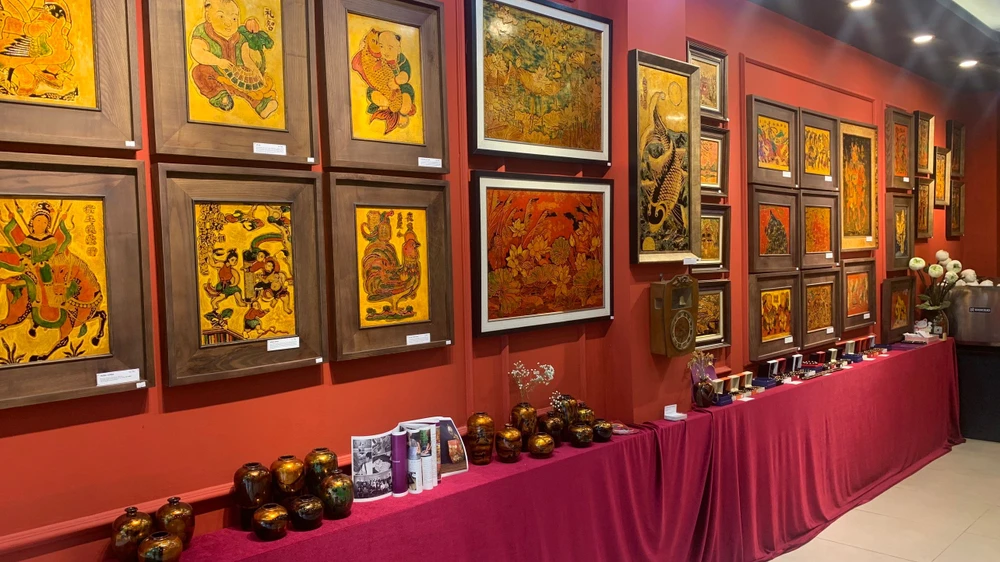
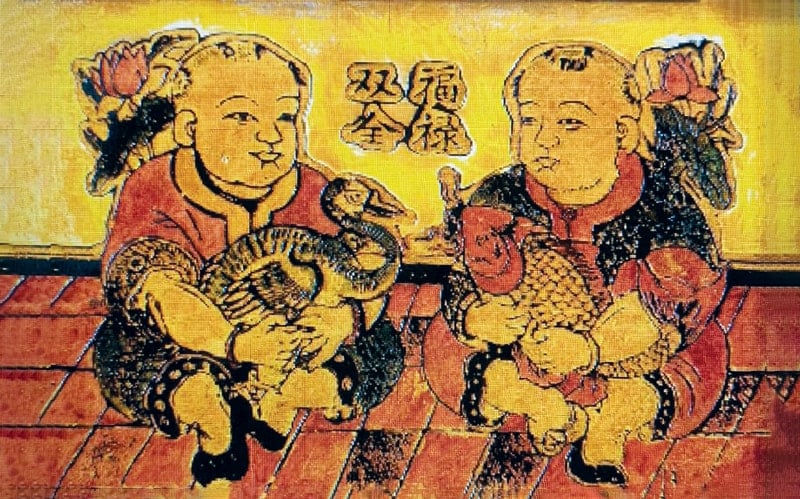

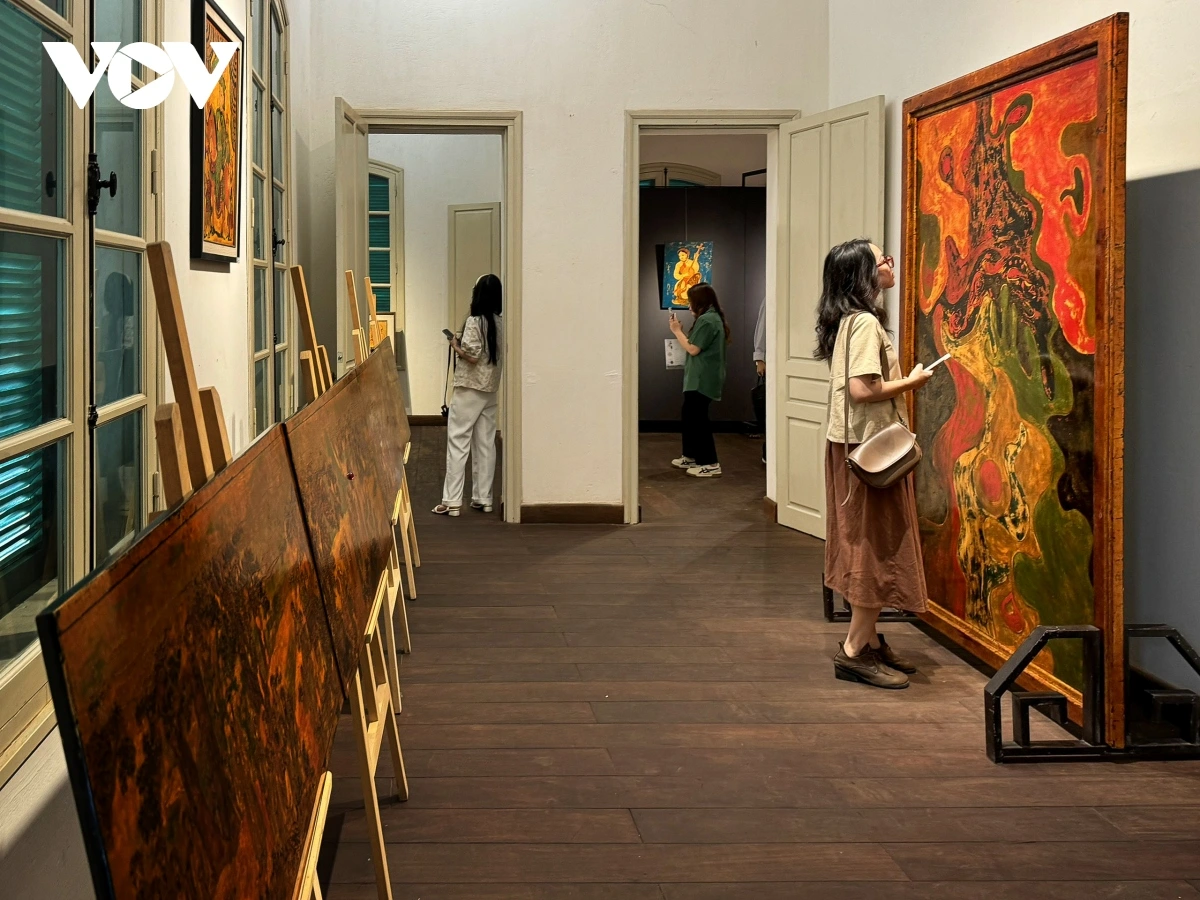

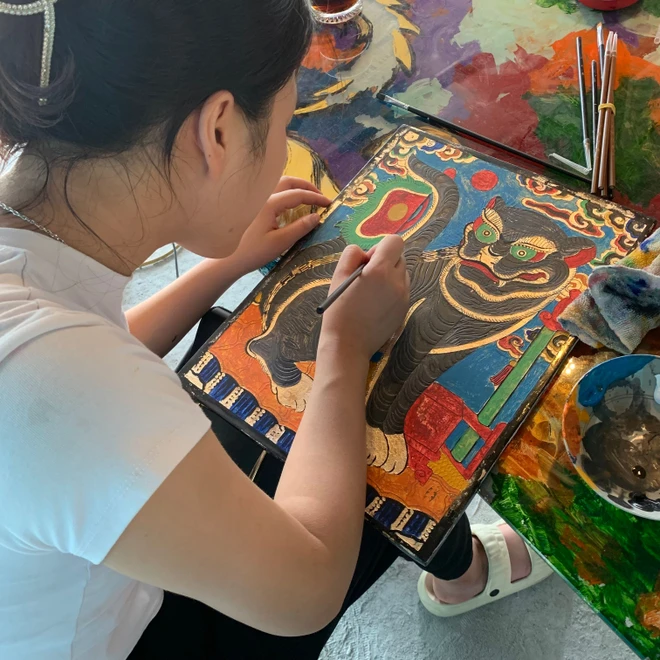

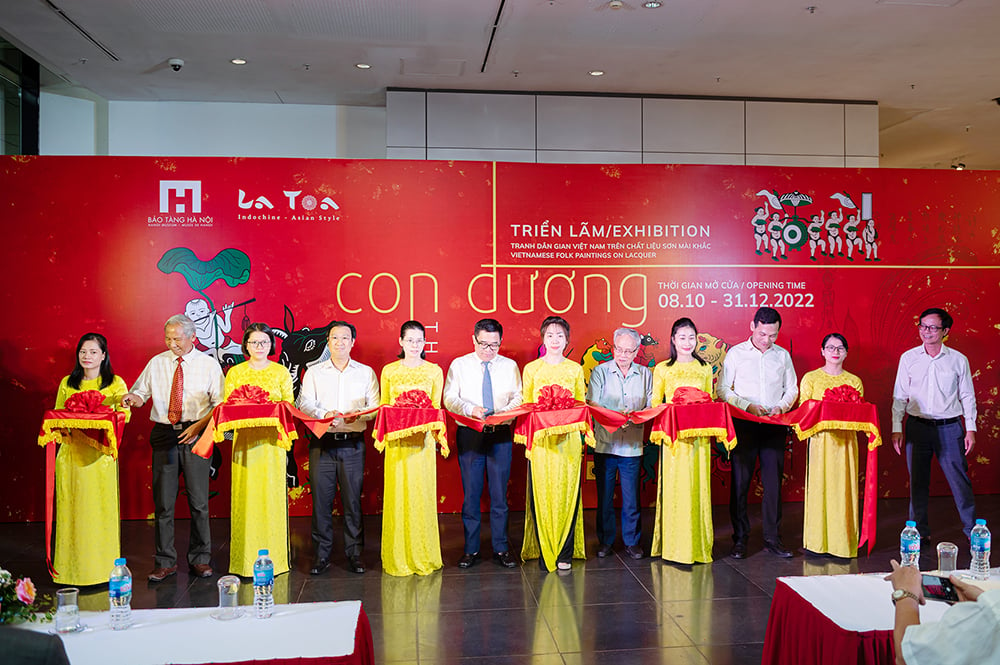
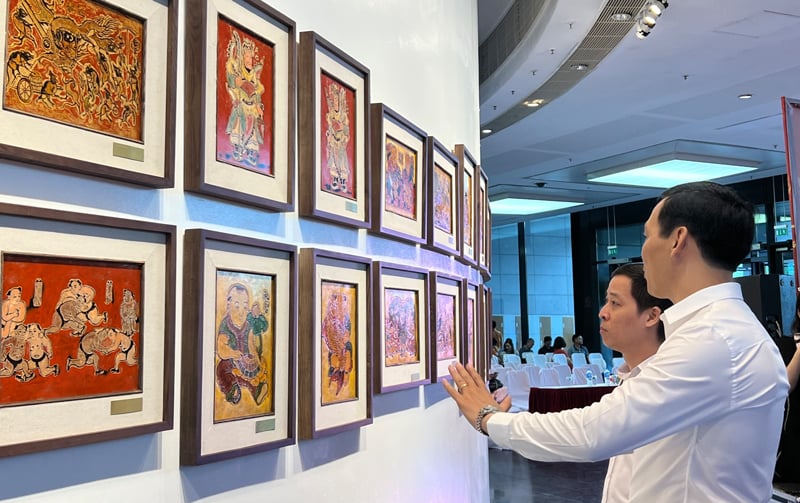
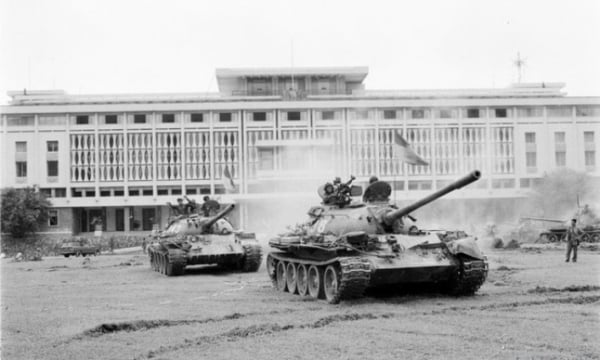


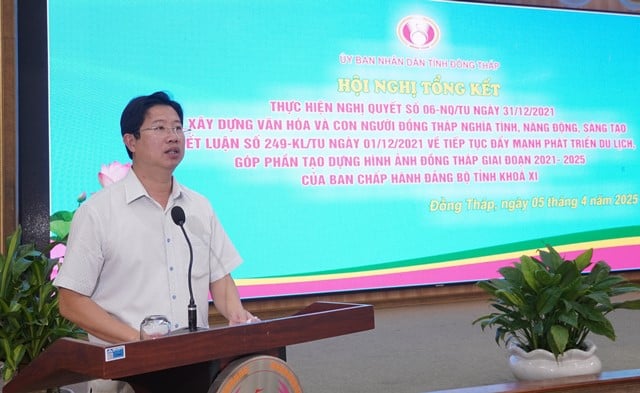

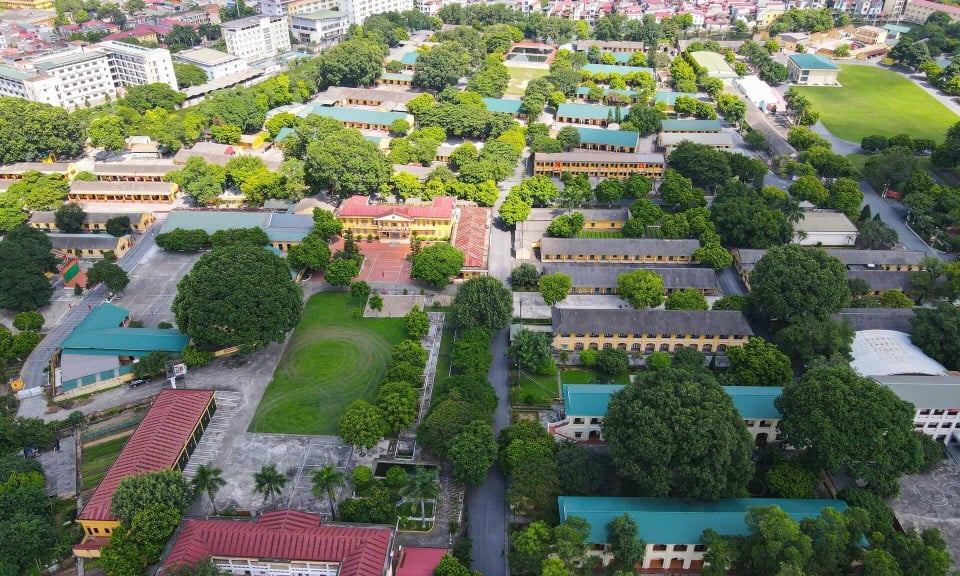



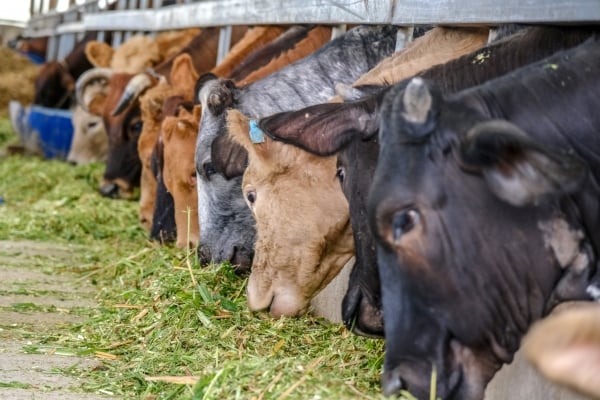

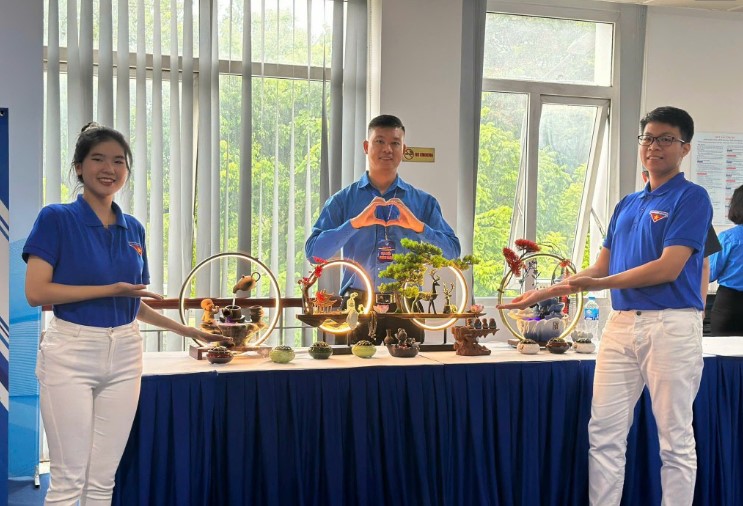

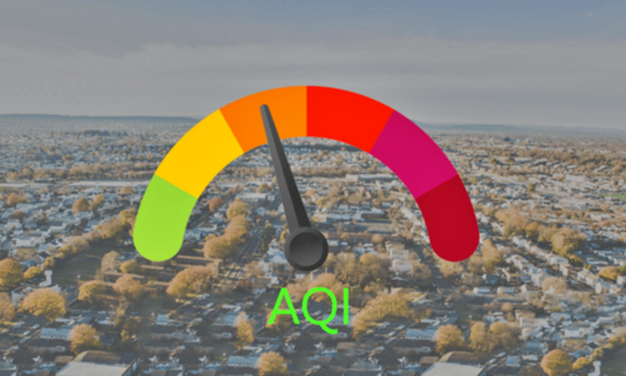
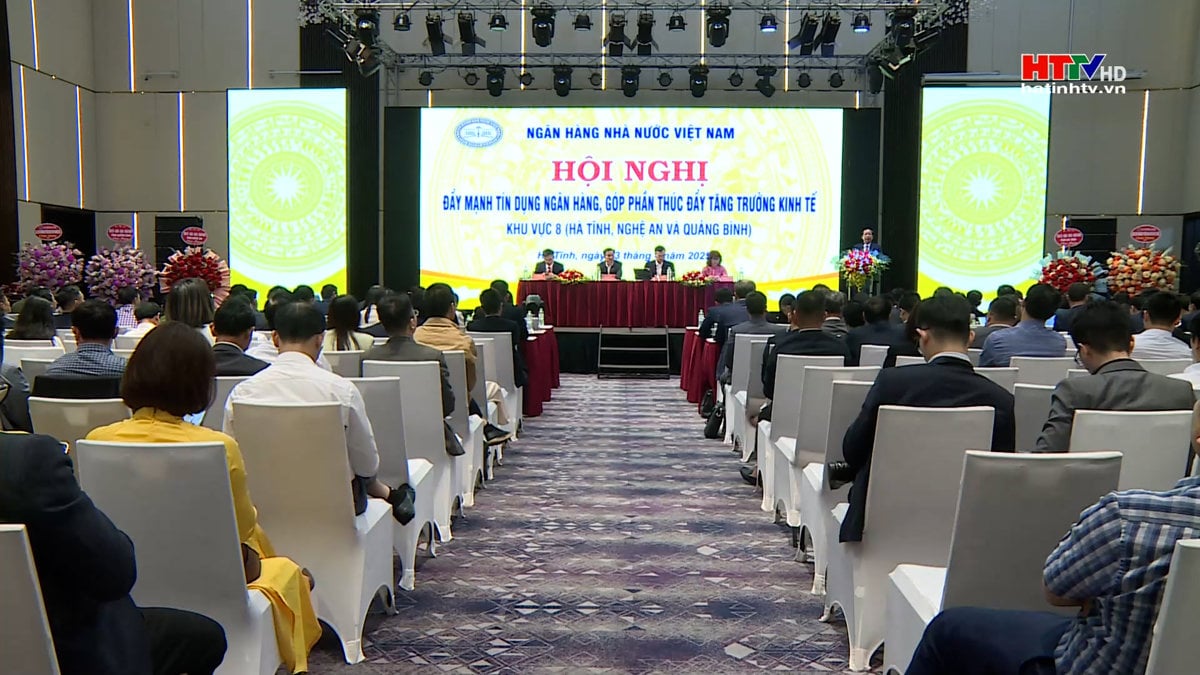
![[Photo] President Luong Cuong presides over the official welcoming ceremony for Burundian President Évariste Ndayishimiye](https://vstatic.vietnam.vn/vietnam/resource/IMAGE/2025/4/4/63ceadc486ff4138abe2e88e93c81c91)
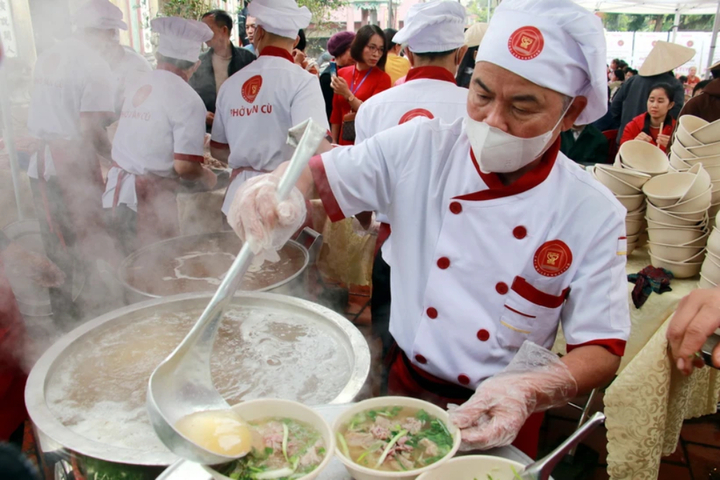

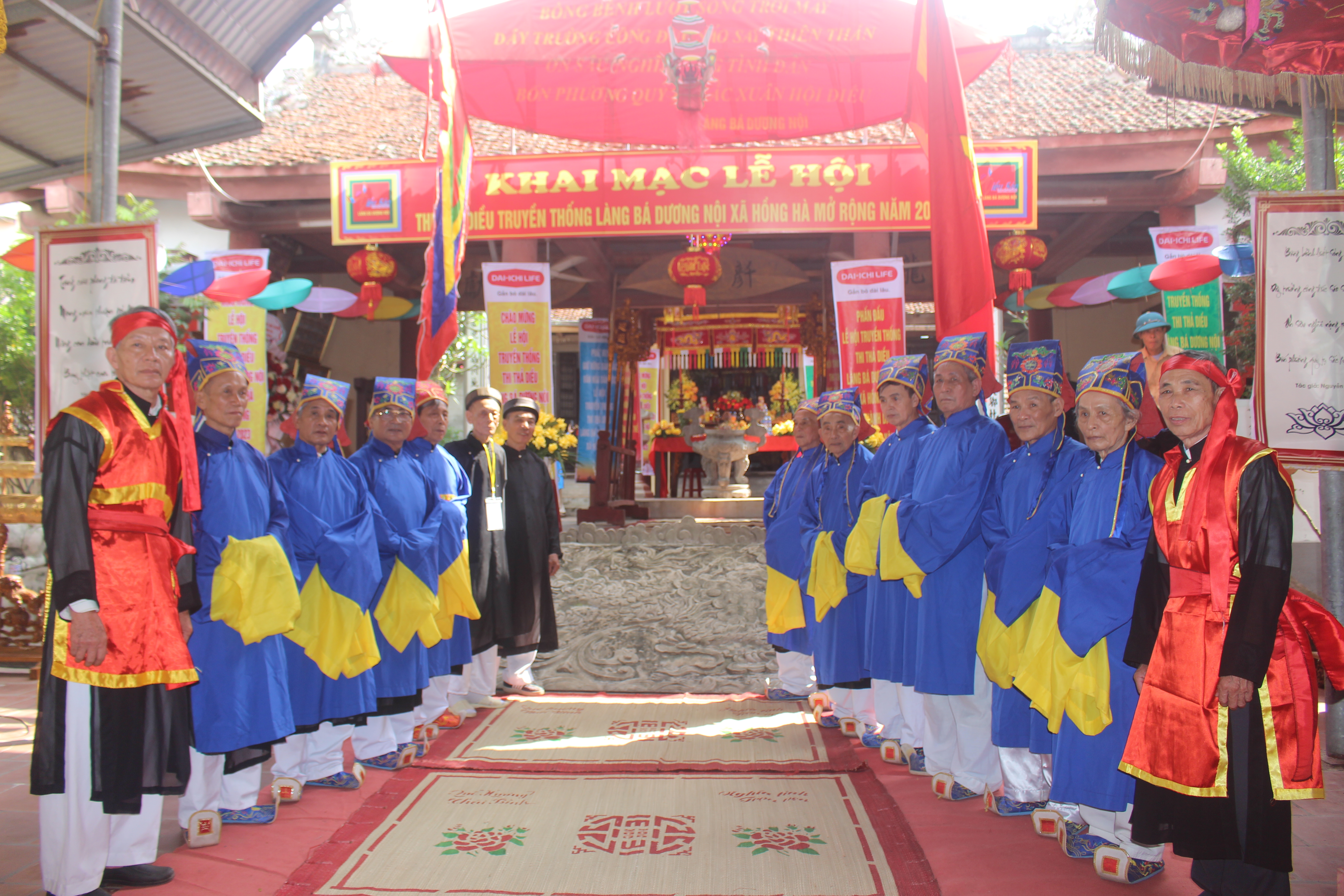

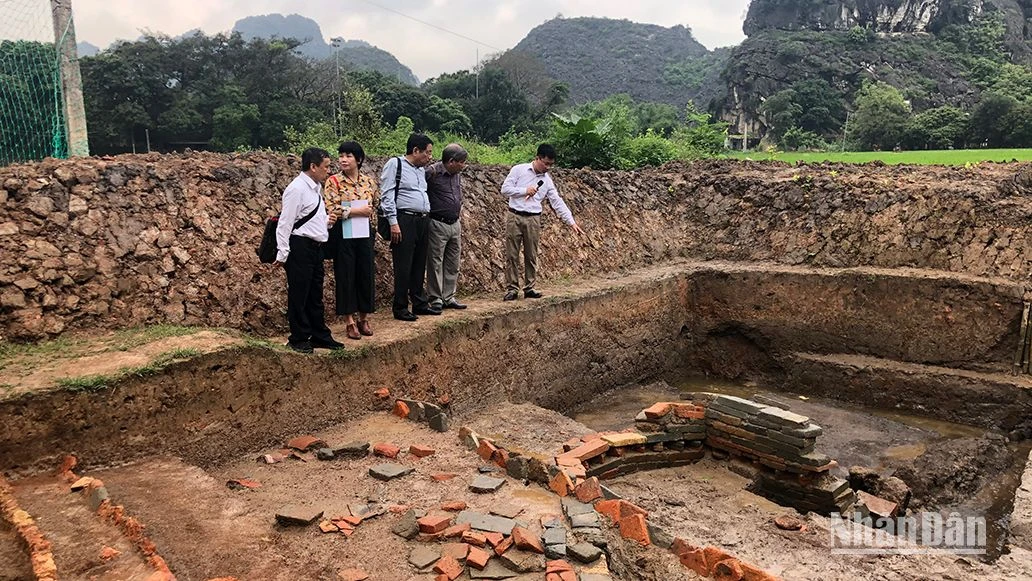

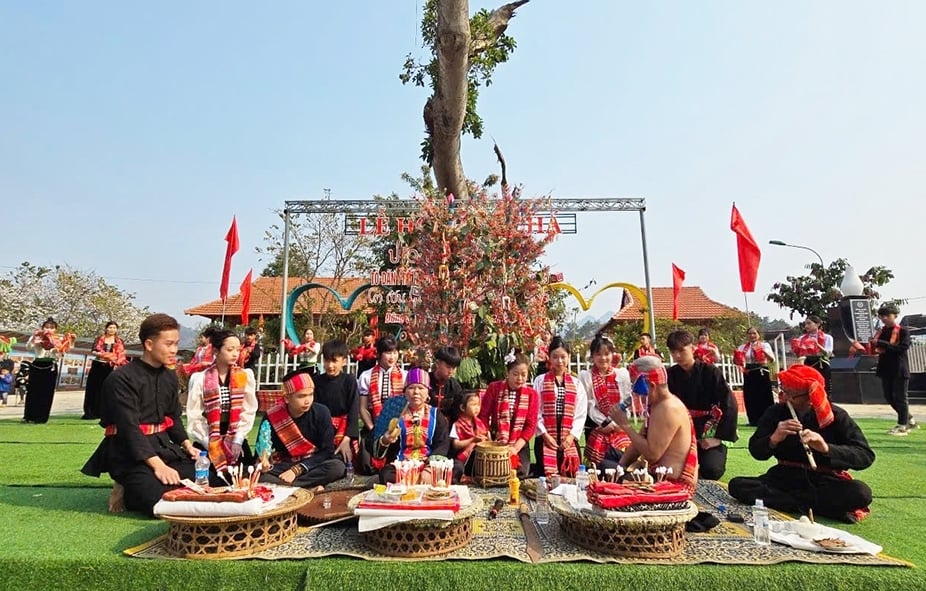

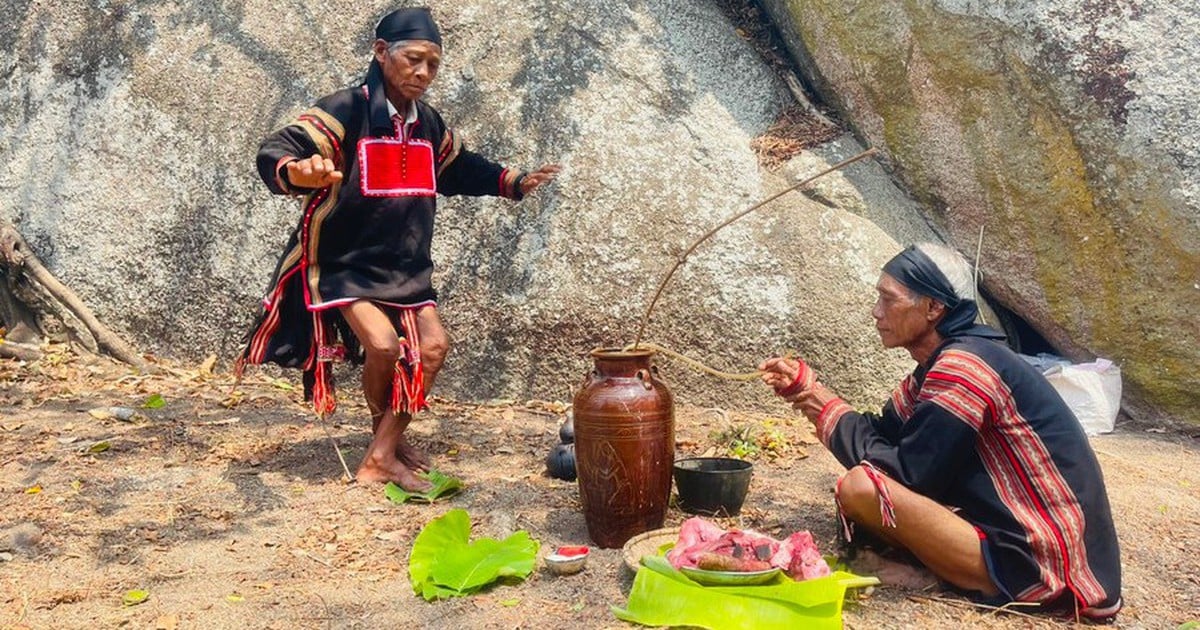



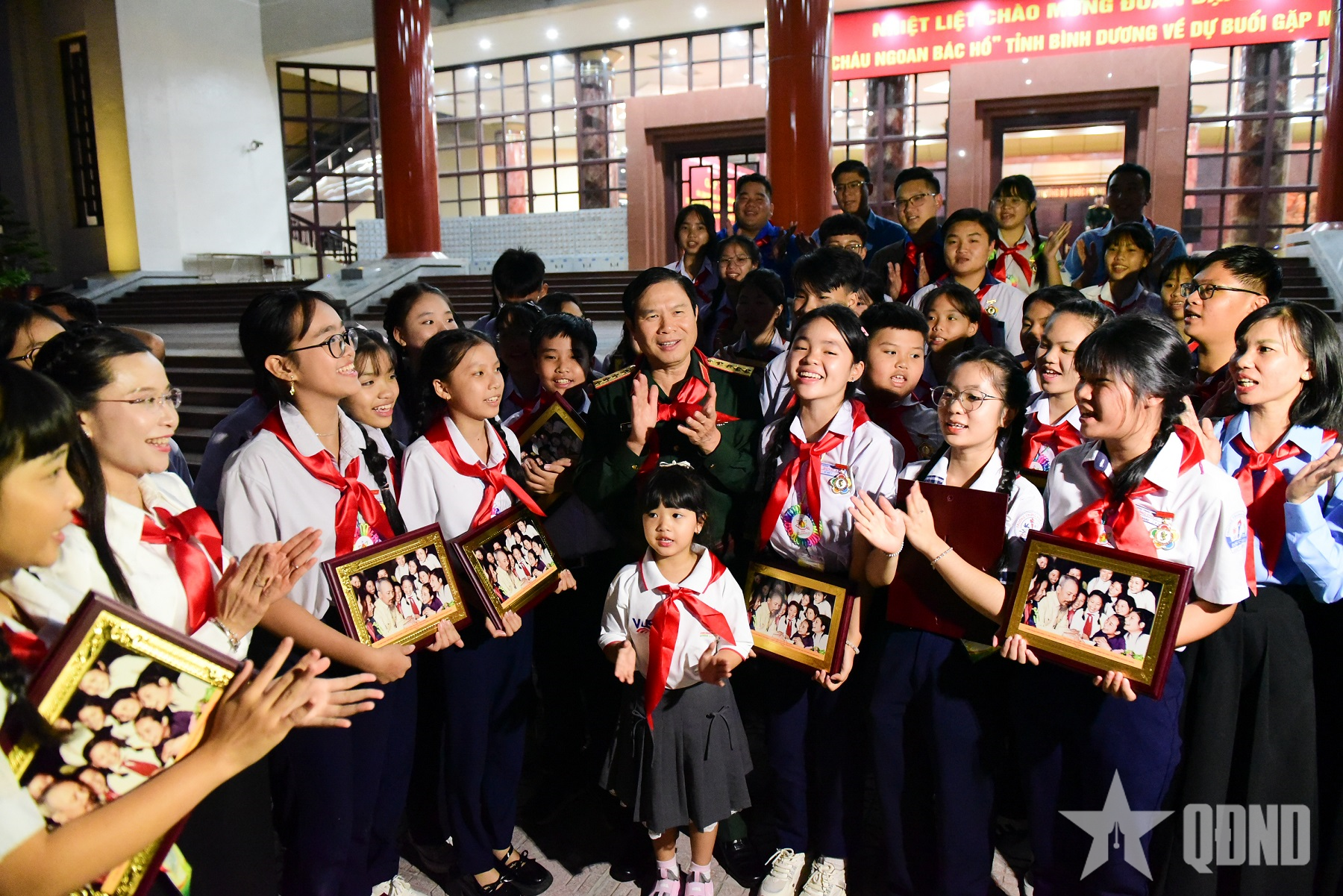

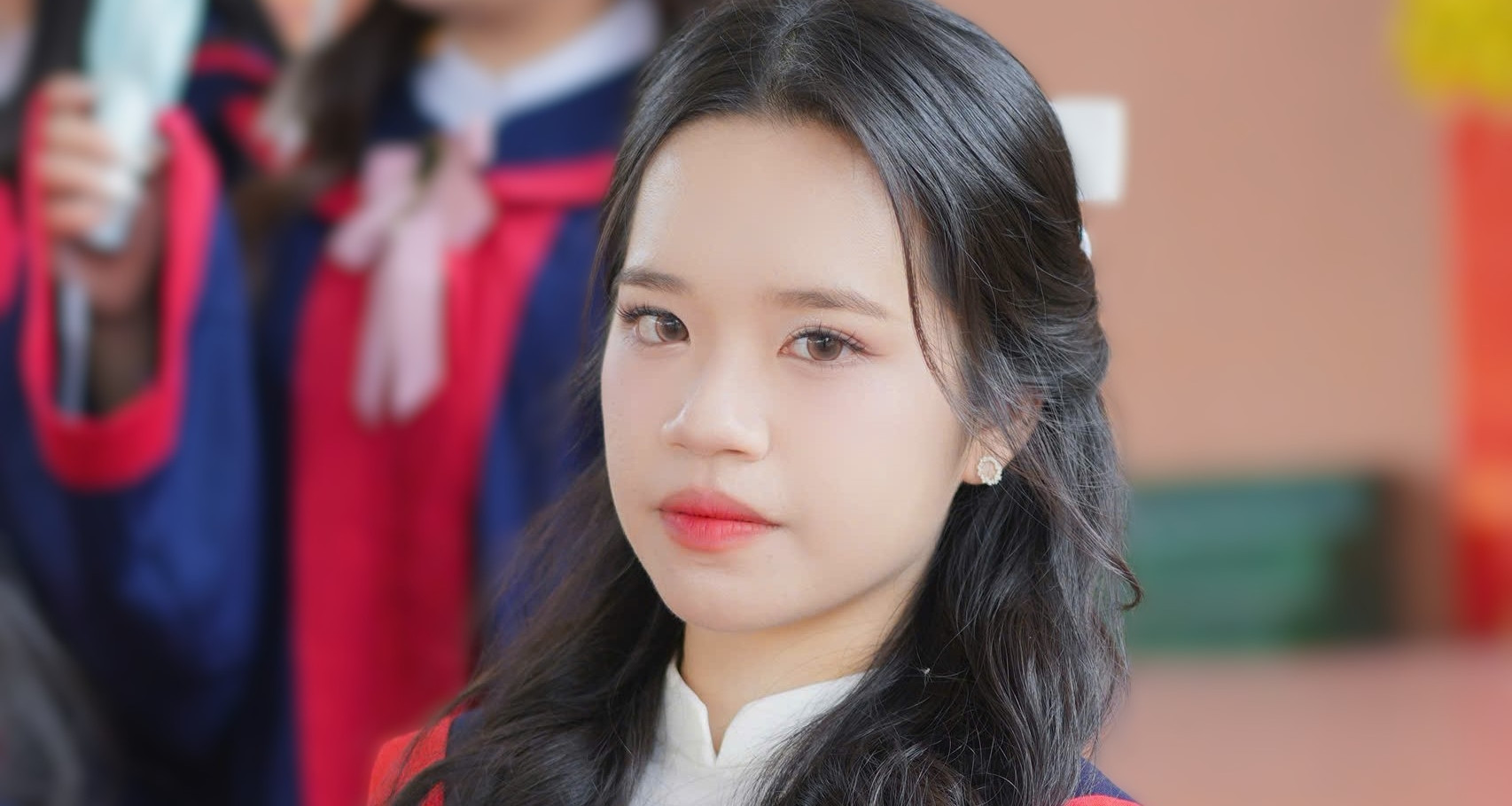







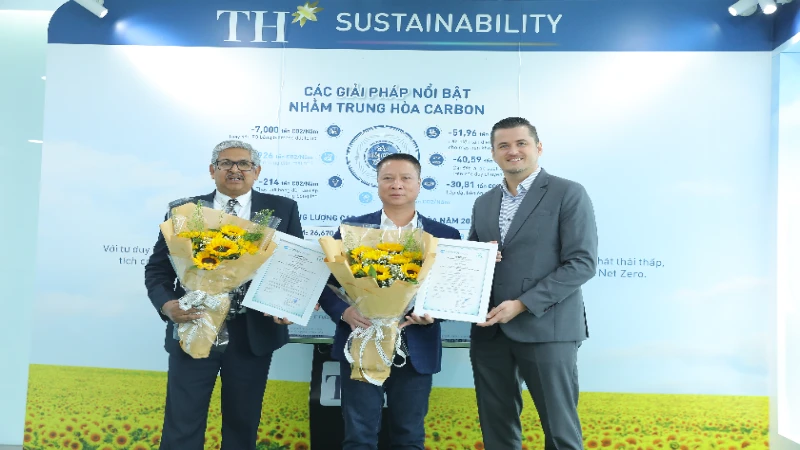
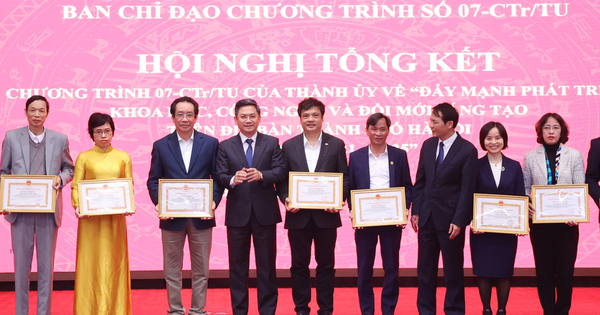


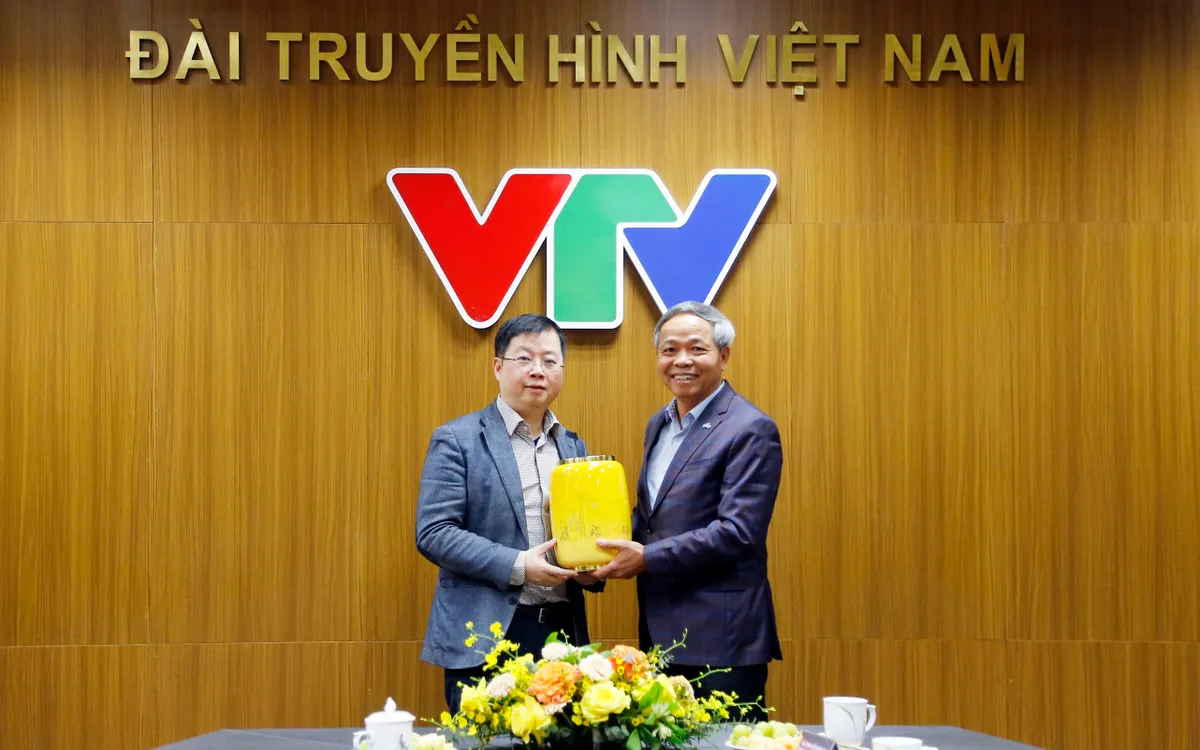


















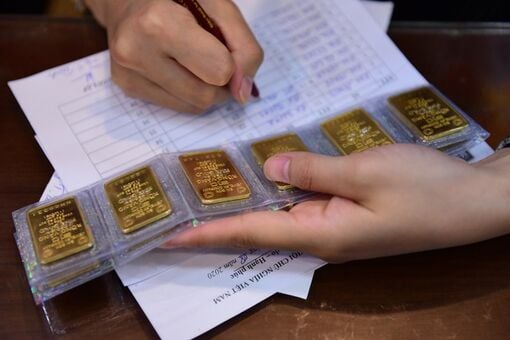







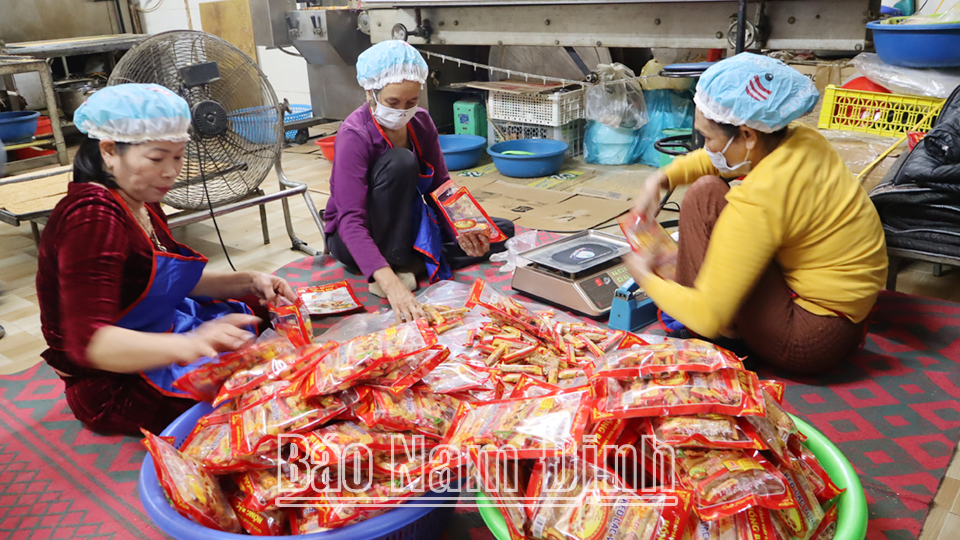




Comment (0)